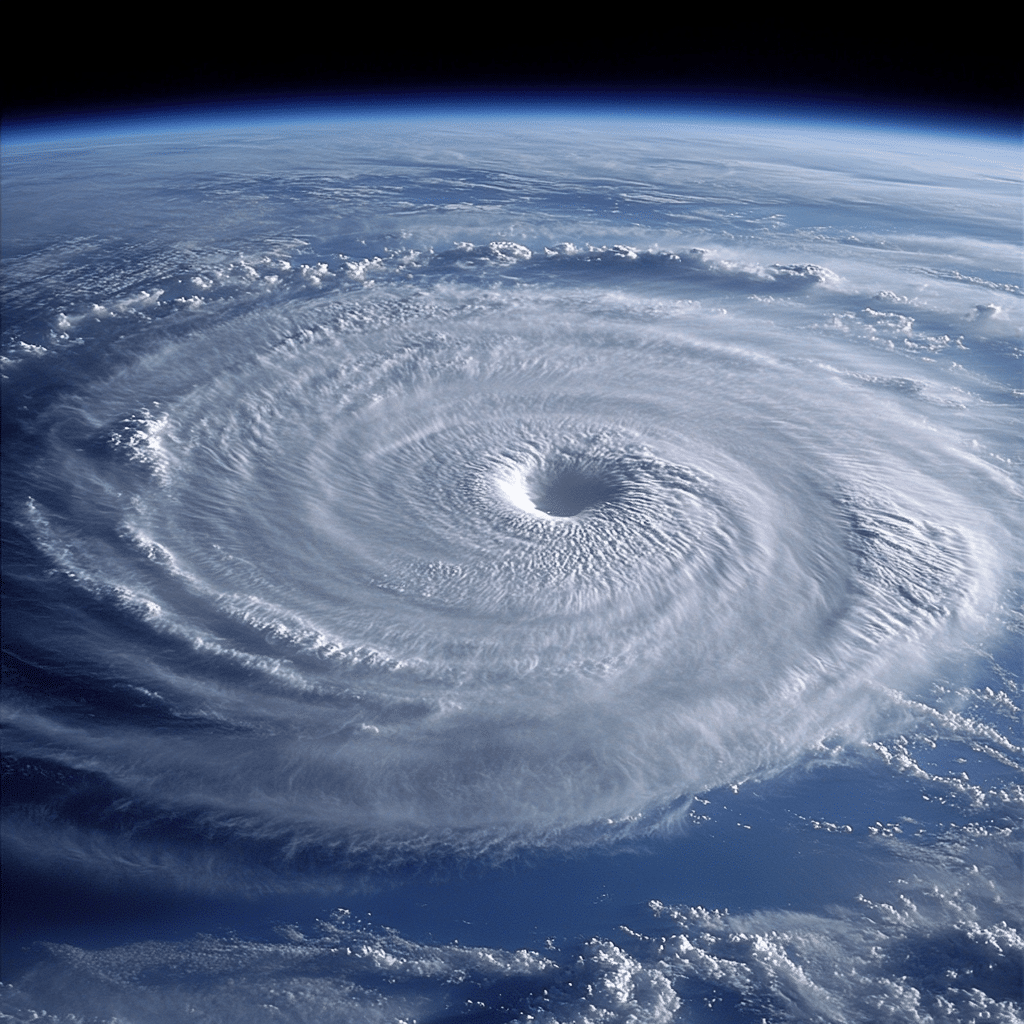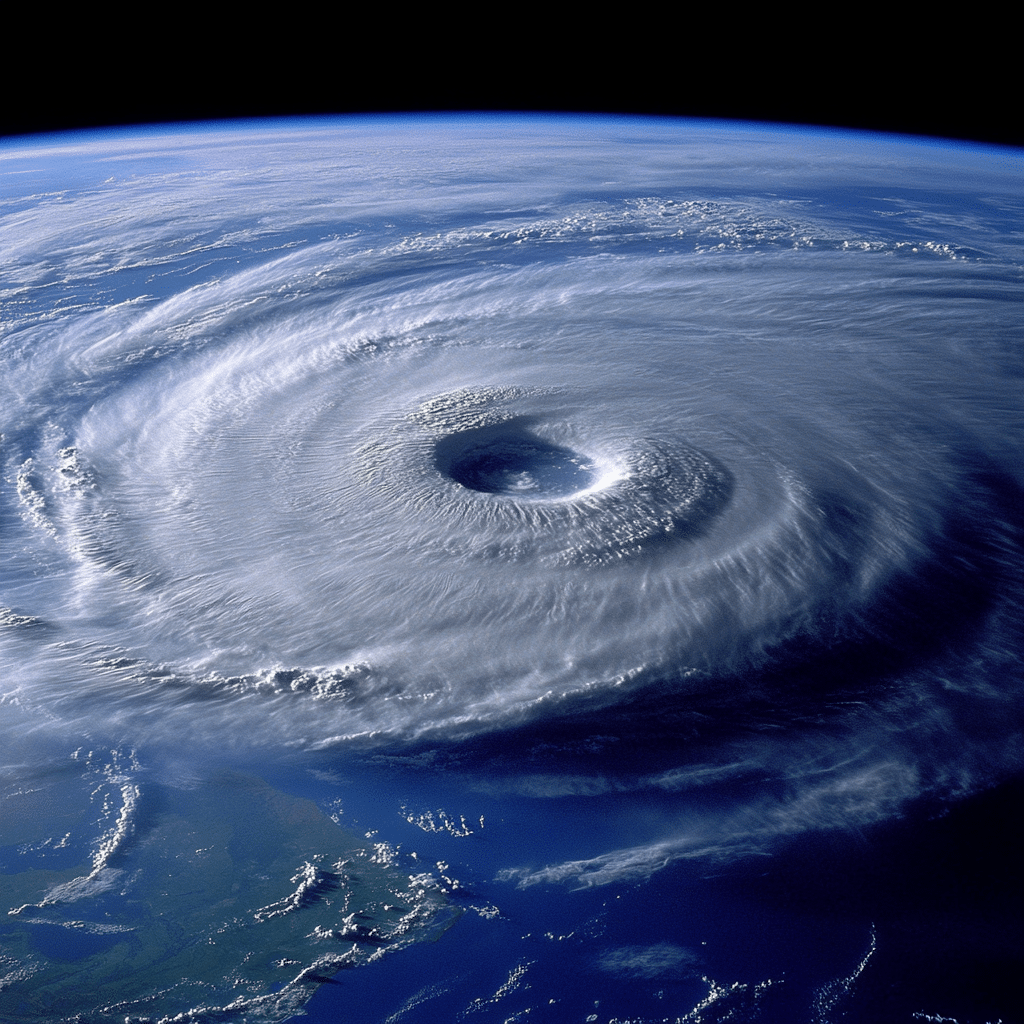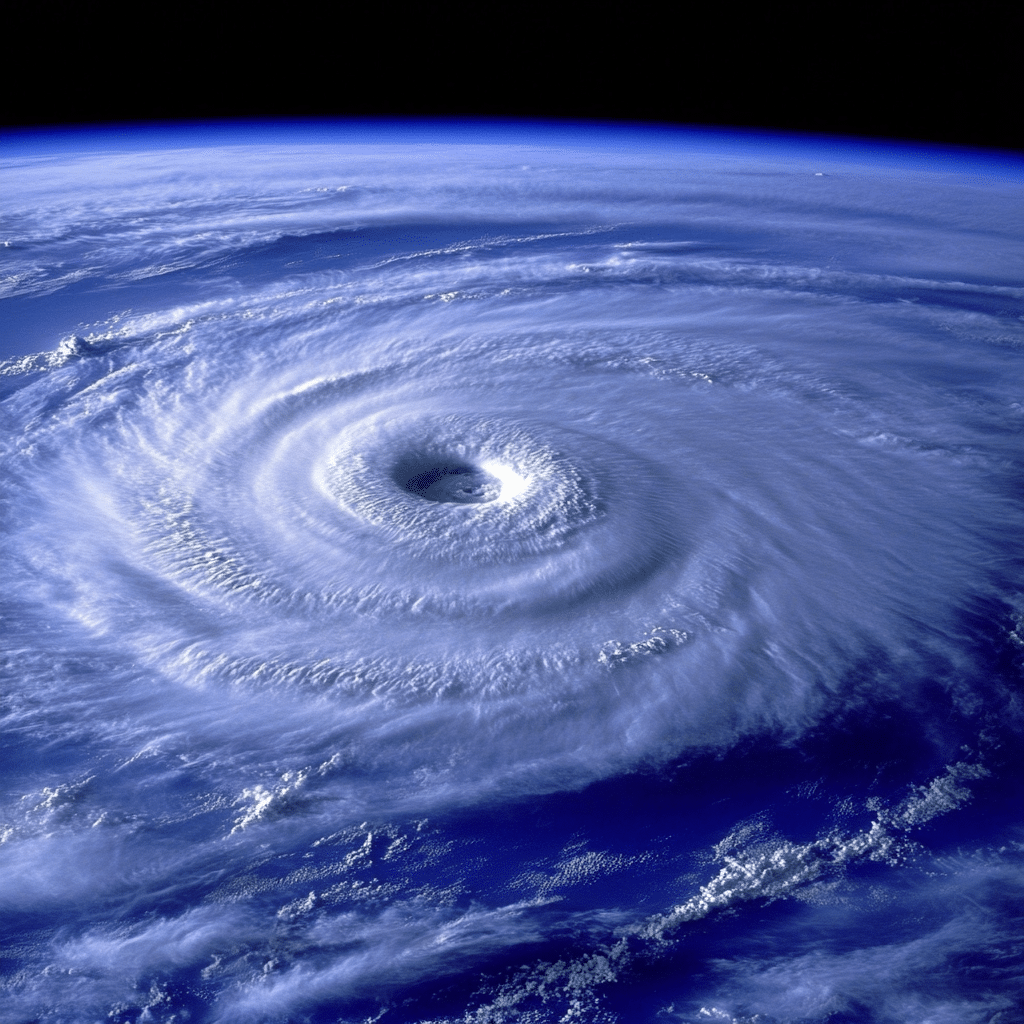Hurricanes and tropical storms are fierce forces of nature that can wreak havoc on communities, economies, and ecosystems. As storms become more powerful and frequent due to climate change, it’s crucial to delve into their dramatic effects. From historic disasters like Hurricane Katrina to the recent Hurricane Ian, understanding these storms goes beyond pure statistics—it’s about the lives changed forever.
Recent hurricanes and tropical storms have shown that preparedness is key. Yet despite urgent efforts, many communities find themselves in crises when the winds howl and waters rise. The increasing trend of weather patterns raises questions about our resilience and response, reminding us that the effects of these storms linger long after the skies clear.
The Most Catastrophic Hurricanes and Tropical Storms in Recent History
Hurricane Katrina stands out as a stark reminder of how devastating hurricanes and tropical storms can be. Striking the Gulf Coast, especially New Orleans, this hurricane resulted in catastrophic flooding. Over 1,800 lives were lost, and economic damage soared past $100 billion, exposing vulnerabilities in urban planning and emergency response.
Known for its relentless rainfall, Hurricane Harvey dumped record amounts of water on Texas, leading to widespread flooding that paralyzed cities like Houston. With damages around $125 billion, this natural disaster shone a light on how urban development often clashes with effective flood management. In the aftermath, questions arose about zoning laws and sustainable growth.
When Hurricane Maria struck Puerto Rico, it sparked a humanitarian crisis. The island faced a collapsed infrastructure and widespread devastation. The slow recovery process raised critical questions about the effectiveness of federal emergency management protocols, highlighting the need for a more coordinated response during such calamities.
Dorian earned its place in the annals of hurricane history by becoming one of the most powerful storms recorded in the Atlantic. Its slow crawl over the Bahamas for 48 hours subjected the area to unprecedented destruction. Lessons learned from Dorian emphasize the need for improved predictive models that can better account for stall patterns, leading to more effective response measures.
Hurricane Ida’s rapid transformation from a Category 2 to a Category 4 hurricane caught many by surprise as it made landfall in Louisiana. This intense storm caused significant flooding and even spawned tornadoes in regions like New York and New Jersey, prompting urgent discussions about emergency preparedness in areas that previously might not have considered themselves at risk.
Returning to Puerto Rico just five years after Maria, Hurricane Fiona reignited debates surrounding climate change adaptation. The storm’s aftermath led to power outages and landslides, affecting countless lives. Discussions stressed the necessity of improving energy resilience and adaptive infrastructure to prepare for future storms.
When Hurricane Ian struck Florida, the storm’s intensity showcased the worrying link between climate change and hurricane severity. With damages amounting to billions, this event sparked renewed discussions about building regulations and disaster preparedness, urging communities to rethink their approaches to construction and land use.

The Connection Between Hurricanes, Tropical Storms, and Severe Weather Tornadoes
The interplay between hurricanes, tropical storms, and other severe weather systems—including severe weather tornadoes—is increasingly concerning. For example, Ohio residents often face both winter storms and tornadoes, particularly during hurricane season. The atmospheric conditions during this time create a unique scenario where remnants of hurricanes can provoke tornado formation in regions that generally don’t experience them.
Recent studies show an uptick in tornado occurrences during the hurricane season, suggesting that the remnants of storms are contributing to this pattern. This phenomenon highlights the need for more comprehensive weather forecasting models that take into account the interaction between different weather systems. Communities across the Midwest are now paying closer attention to these changes, knowing that a tornado can strike when it’s least expected.
Weather Storms and Their Role in Climate Change Discourse
As discussions around climate change escalate, understanding the impact of weather storms, including hurricanes and tornadoes, is essential. These storms amplify calls for climate action and sustainable practices in our everyday lives. Policymakers at every level are starting to realize the interconnectedness of these issues, from strengthening building codes to investing in renewable energy sources.
Research indicates that warmer ocean temperatures are resulting in more intense hurricanes, while changes in physical geography are making weather patterns less predictable. The surge in severe weather tornadoes highlights the urgent need for scientists and local governments to work together. By improving data collection and predictive modeling, we can better equip communities to navigate future weather-related challenges.

Innovative Strategies for Hurricane and Storm Preparedness
Communities facing hurricanes and tropical storms must adopt innovative ways to enhance disaster preparedness. Emphasizing community resilience can significantly lessen the impacts of these powerful weather events. Some examples include:
Looking Ahead: Future Implications of Hurricanes and Tropical Storms
As we venture into a future marked by climate unpredictability, comprehending the impacts of hurricanes and tropical storms has never been more important. The lessons from past storms illuminate the paths we must take toward improved resilience, preparedness, and recovery efforts.
A collaborative approach that includes government agencies, scientific communities, and local organizations is vital to effectively addressing the consequences of extreme weather. From advocacy for better infrastructure to community education, proactive measures lead us toward a safer and more sustainable future.
Indeed, the increasing intensity and frequency of hurricanes and tropical storms call us to action. With this knowledge, we must mold a world capable of withstanding the challenges of nature’s fury, ensuring safety for future generations. As a community, the time to adapt and respond is now, lest we find ourselves unprepared when the next storm rolls in.
Hurricanes and Tropical Storms: Fun Facts and Trivia
The Nature of Hurricanes and Tropical Storms
Hurricanes and tropical storms are nature’s powerful forces, but did you know they can actually generate more energy than anyone can fathom? It’s true! In fact, a hurricane releases about 6 trillion watts of energy, which is enough to power a country the size of the United States for a year. To put this into perspective, it’s akin to the energy released by an atomic bomb. Despite their devastation, scientists constantly study these weather giants to understand their patterns better. For example, did you catch the pictures of ticks that reveal how climate changes affect all natural life, highlighting interconnected ecosystems?
A Few Surprising Tidbits
What do hurricanes and popular culture have in common? Surprisingly, quite a bit! The term “hurricane” originates from the Taino Native American word “hurucane,” which referred to the evil spirit of the storm. This theme is mirrored in various storytelling mediums, like in jujustu kaisen, where supernatural forces create dramatic conflicts amid calamities. It’s fascinating how artists draw parallels to natural disasters! Another tidbit worth mentioning is that the most intense hurricane ever recorded, Hurricane Patricia, had winds reaching a staggering 215 mph. That’s fast enough to rival a speeding car!
Keeping It Realistic
When planning ahead in hurricane-prone areas, communities often drill for emergencies, much like sports teams prepare for championships—something reflected in the leaderboard masters 2025. Just like those athletes, staying alert can make all the difference. Whether it’s tracking the storm more closely or having supplies ready, folks who prep tend to fare better. And hey, how cool is it that even when we’re talking about storms, there’s a dash of fun in the mix, much like enjoying a cold cup of kool-aid during those sweltering summer days?
In summary, hurricanes and tropical storms aren’t just weather phenomena. They serve as vital lessons in preparedness and resilience, proving time and again that knowledge is power! Just remember how various factors influence our lives, from the unpredictable weather to the impactful stories we follow, even when they seem worlds apart from the starliner return or iconic figures like Orlando Brown Jr..




